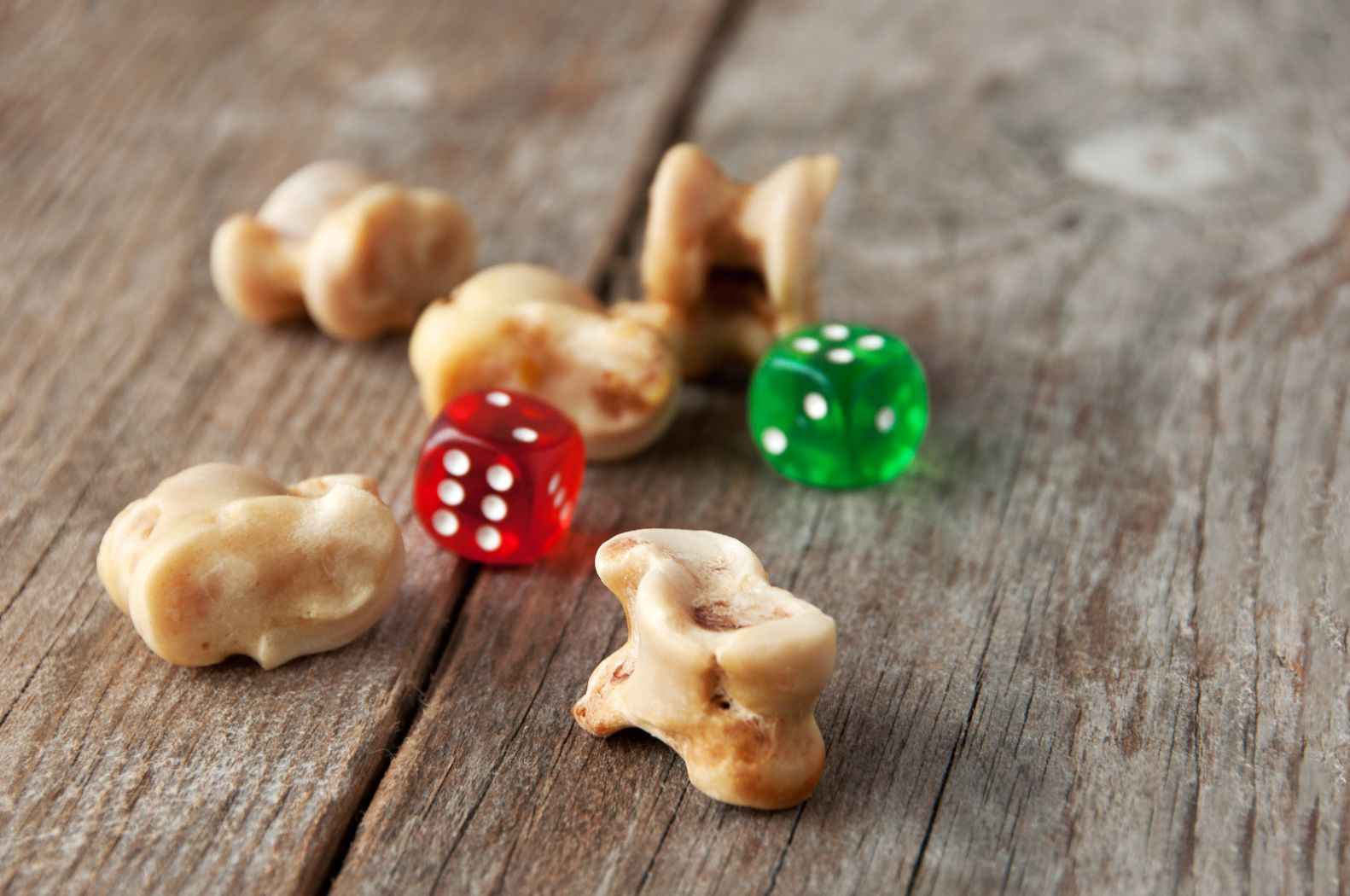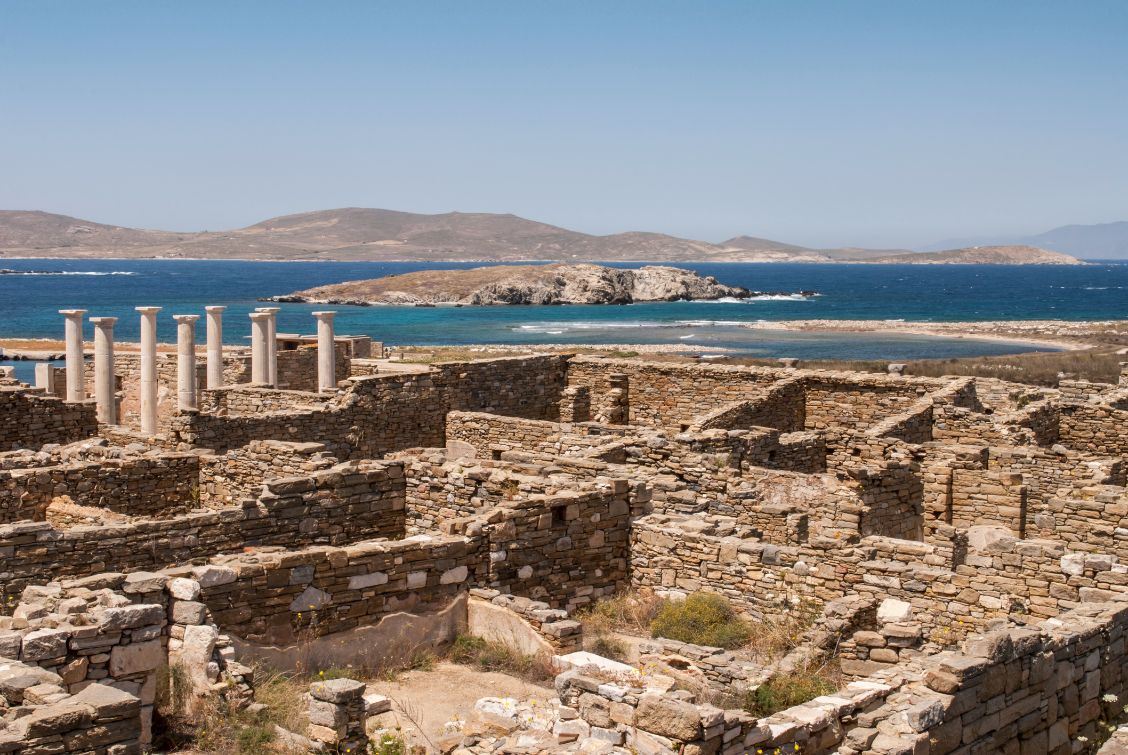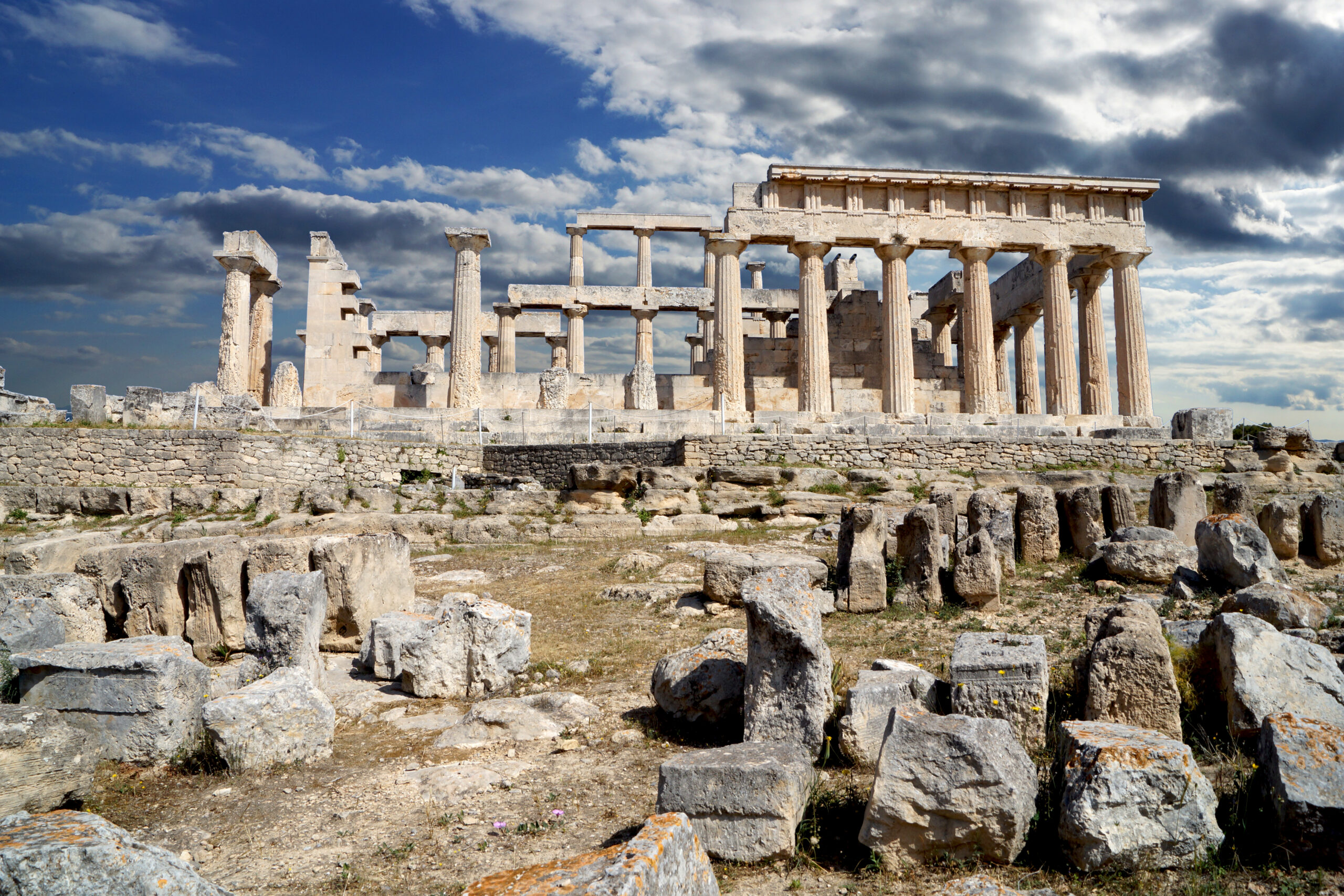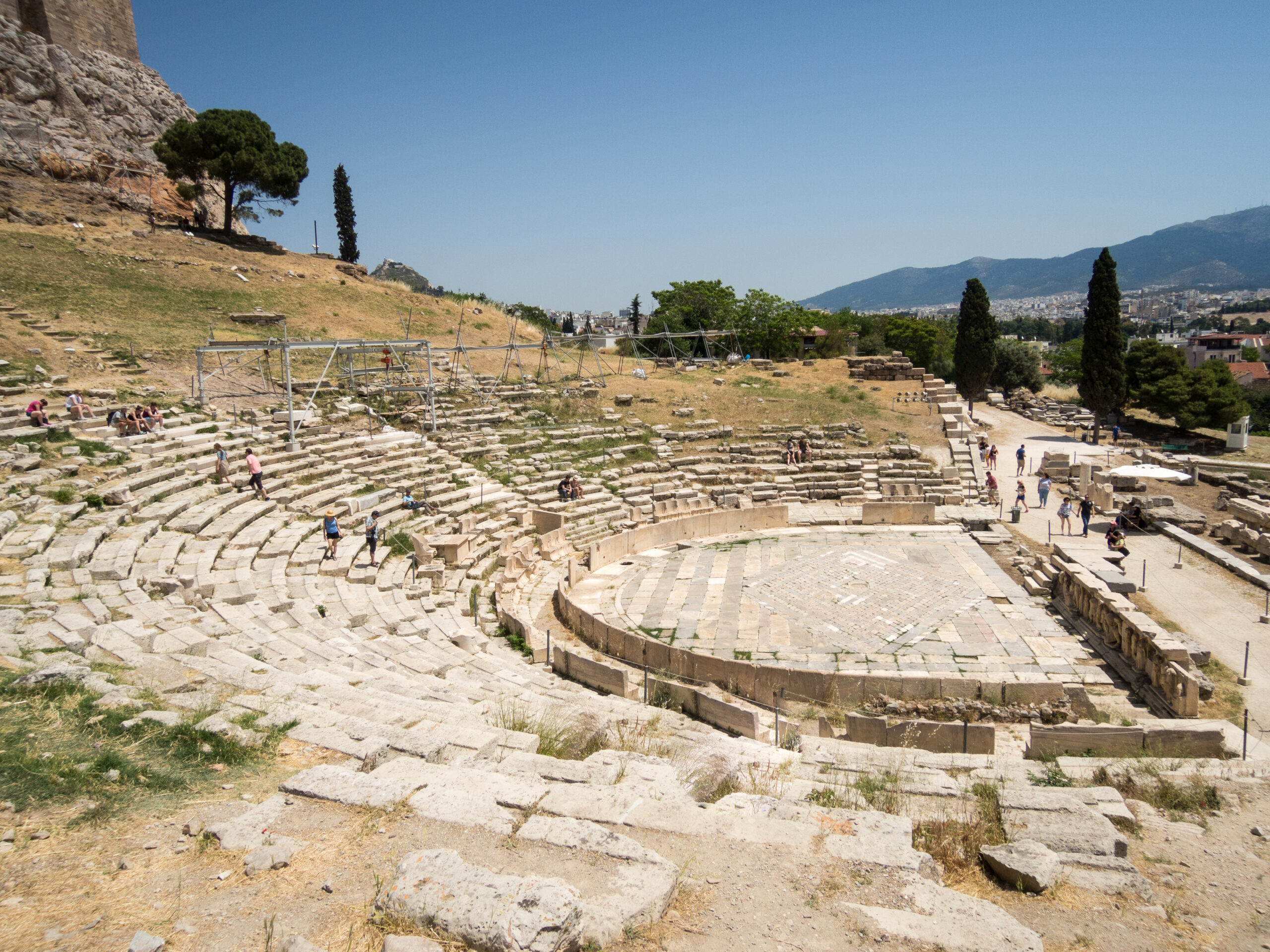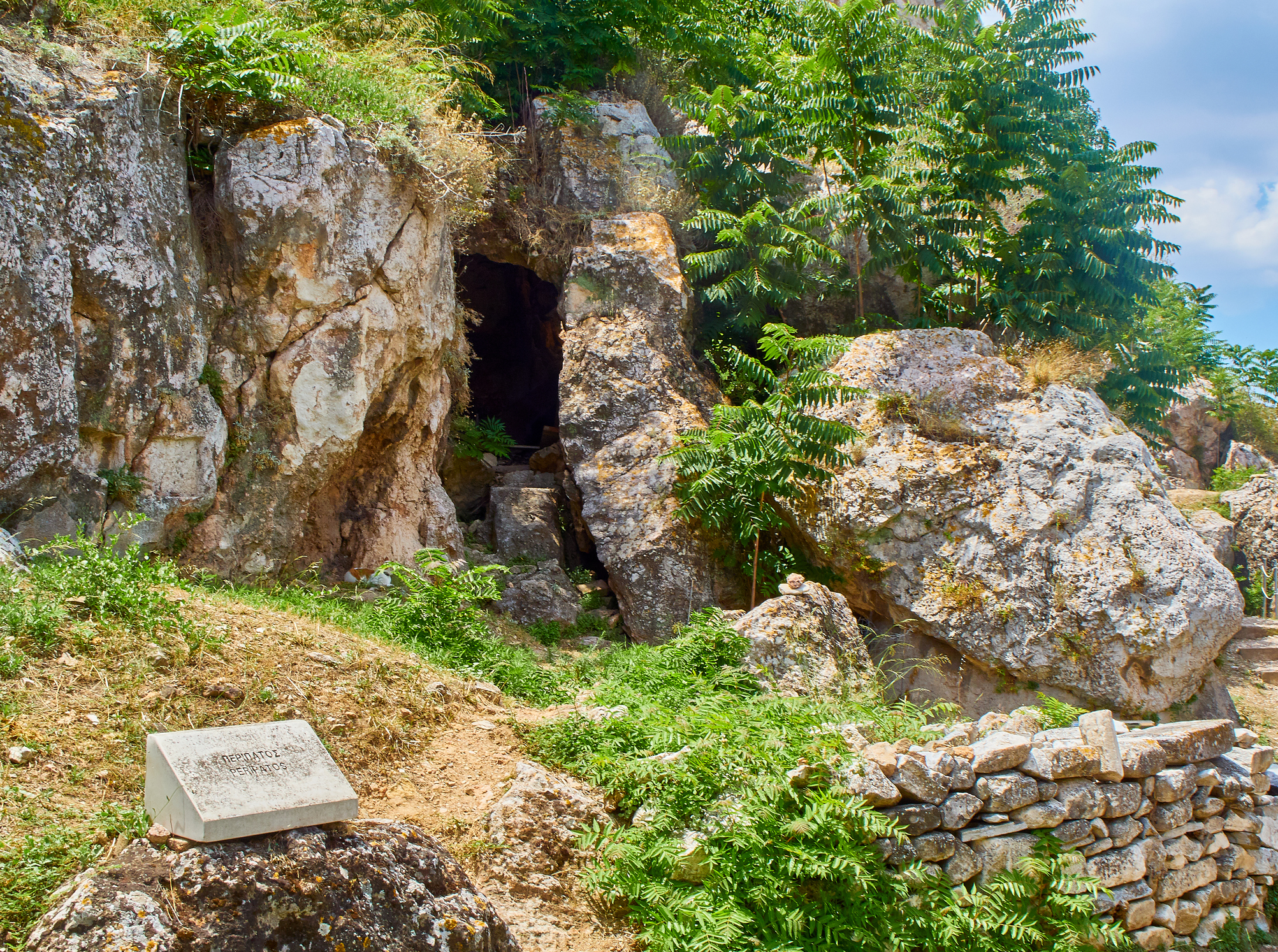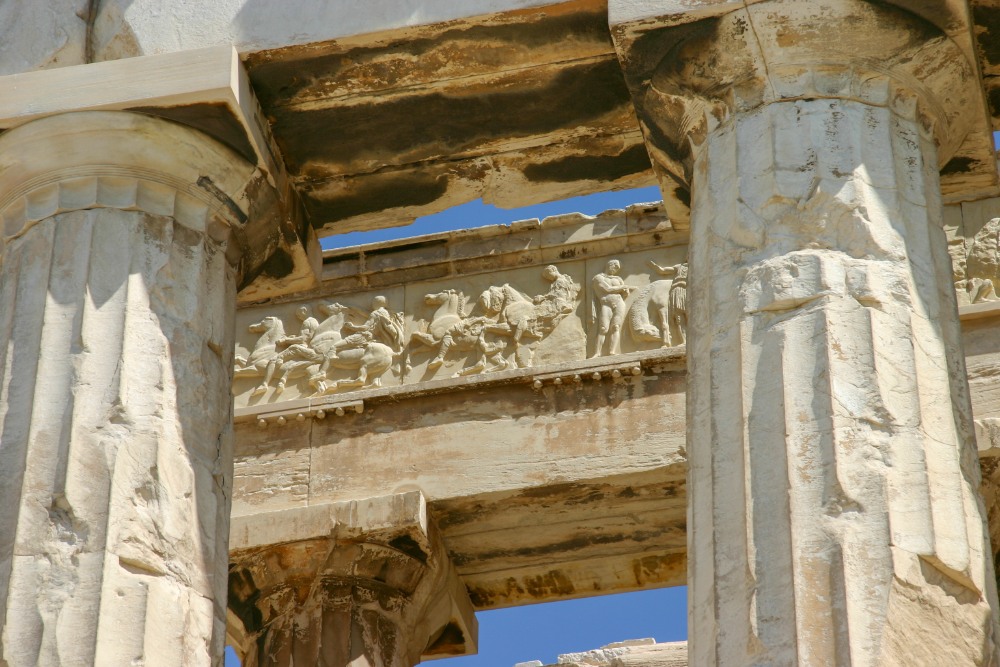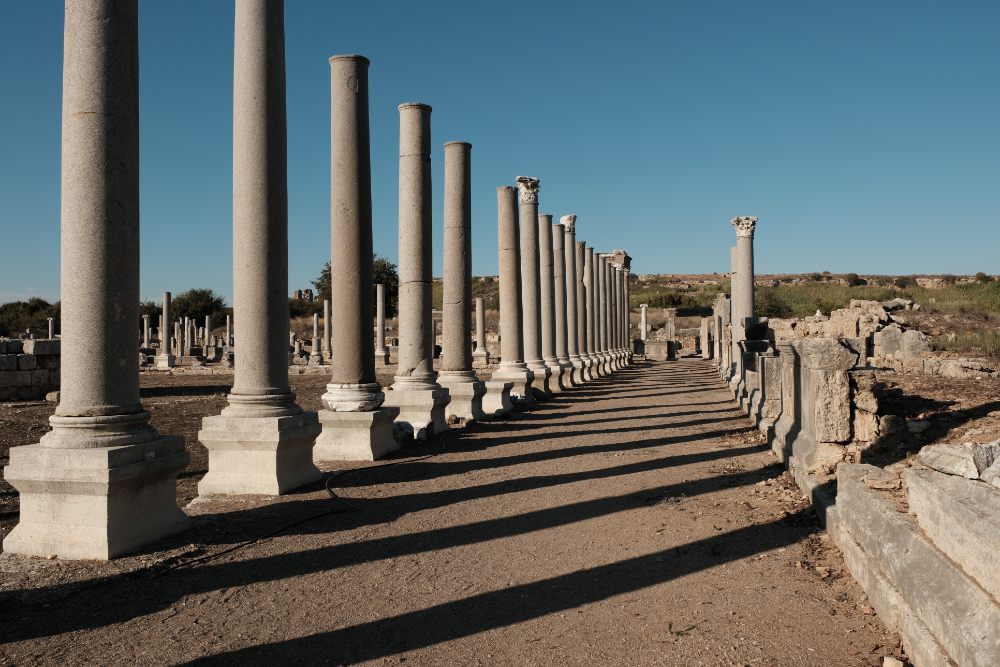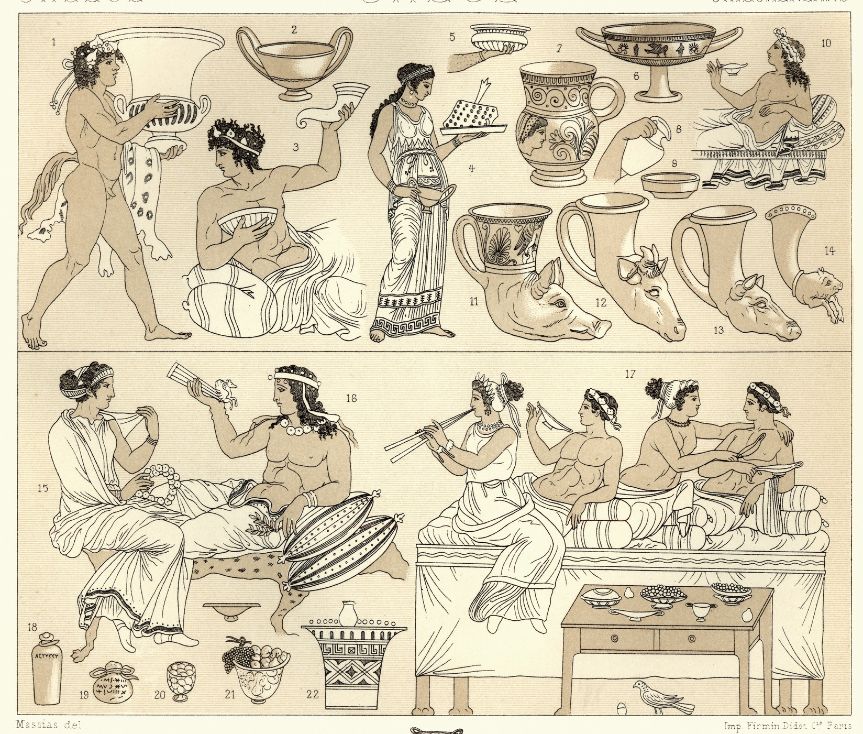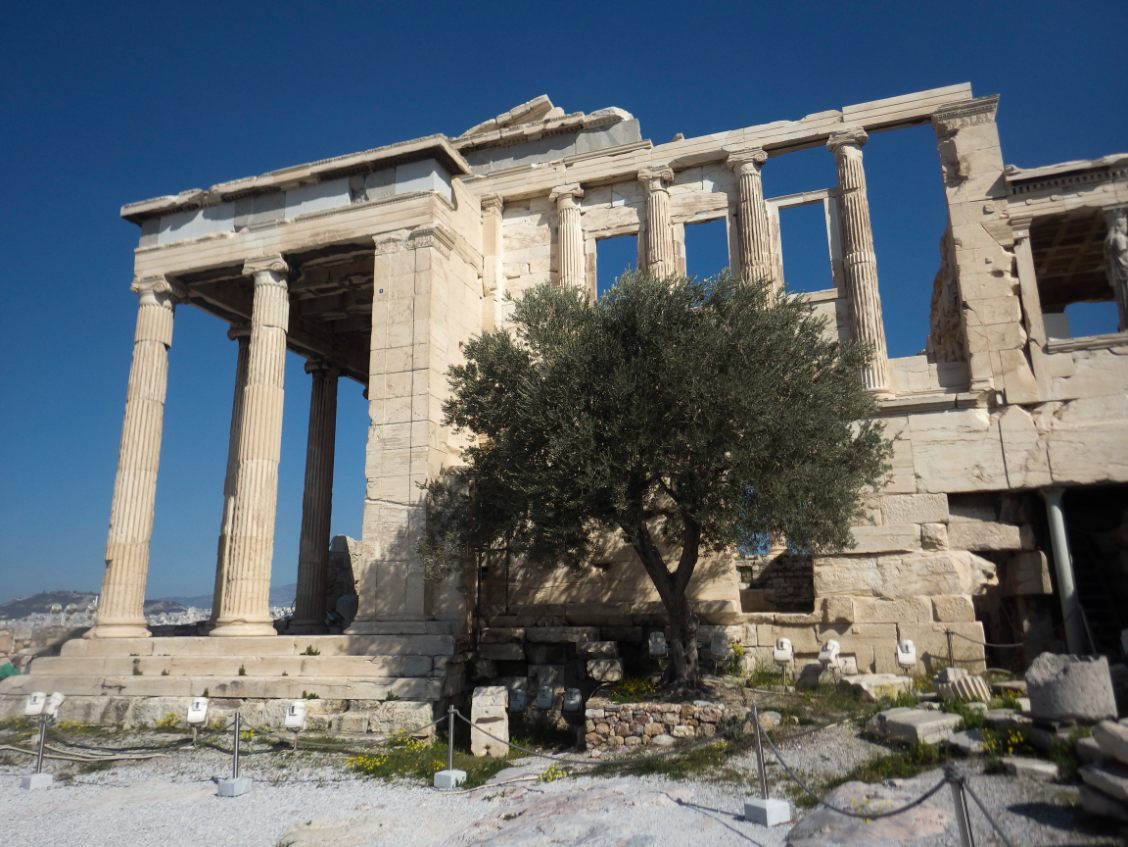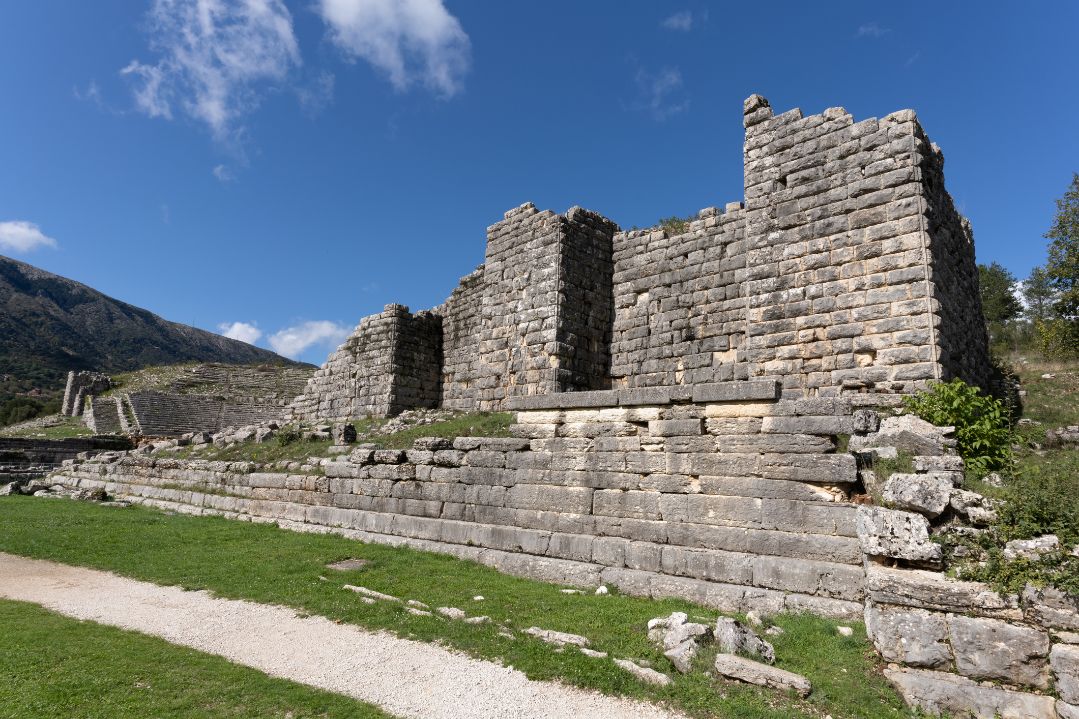Knucklebones, “svoures” and rattlers
In ancient Greece, young boys played together in the streets, enjoying their favorite game with knucklebones, or astragaloi. These small, bone-like pieces were made from the ankles of sheep or goats. With quick hands, they tossed the knucklebones into the air, trying to catch them before they fell. Each throw brought excitement, as the rules changed, allowing them to outsmart their friends in a game that required both skill and luck.
Another popular toy was the svoura, a spinning top also known as stróvilos, which may be one of the oldest toys in the world. The vibrant colors of the svoura twirled and danced, captivating everyone who watched with each flick of the wrist. For younger children, their favorite toy was a rattle, often shaped like an animal. The familiar noise it made brought joy not only to the little ones but also to those who watched, reminding everyone of the joy of childhood.
As the boys grew older, they realized that knucklebones offered more than just fun. They became symbols of fortune, used in games of chance that drew the boys into a world of mystery and excitement. The mix of gambling and fortune-telling added a playful rivalry, making knucklebones a treasured part of their childhood. These simple toys connected their innocent play to important life lessons, where luck and skill intertwined under the sunny skies of ancient Greece.

